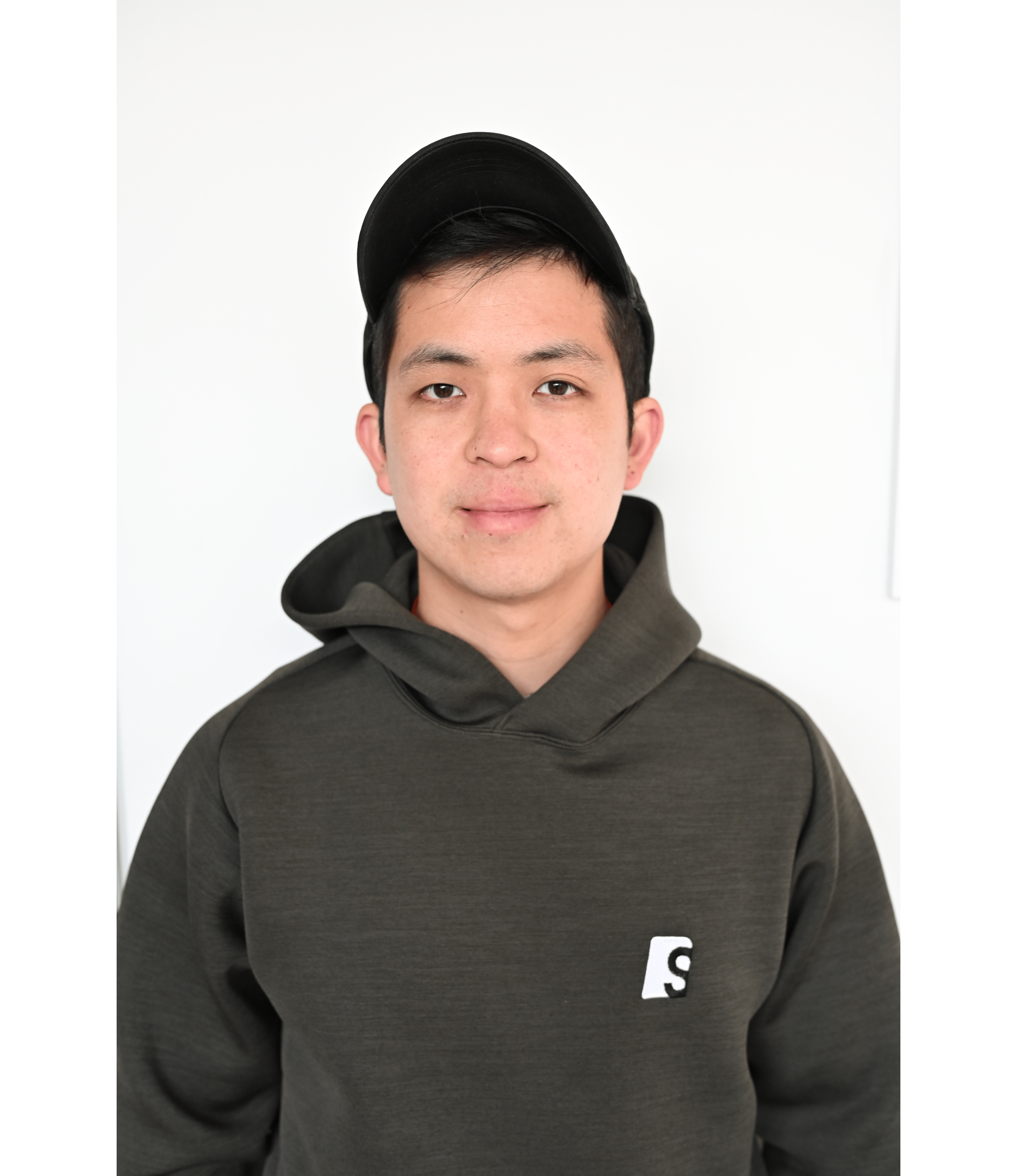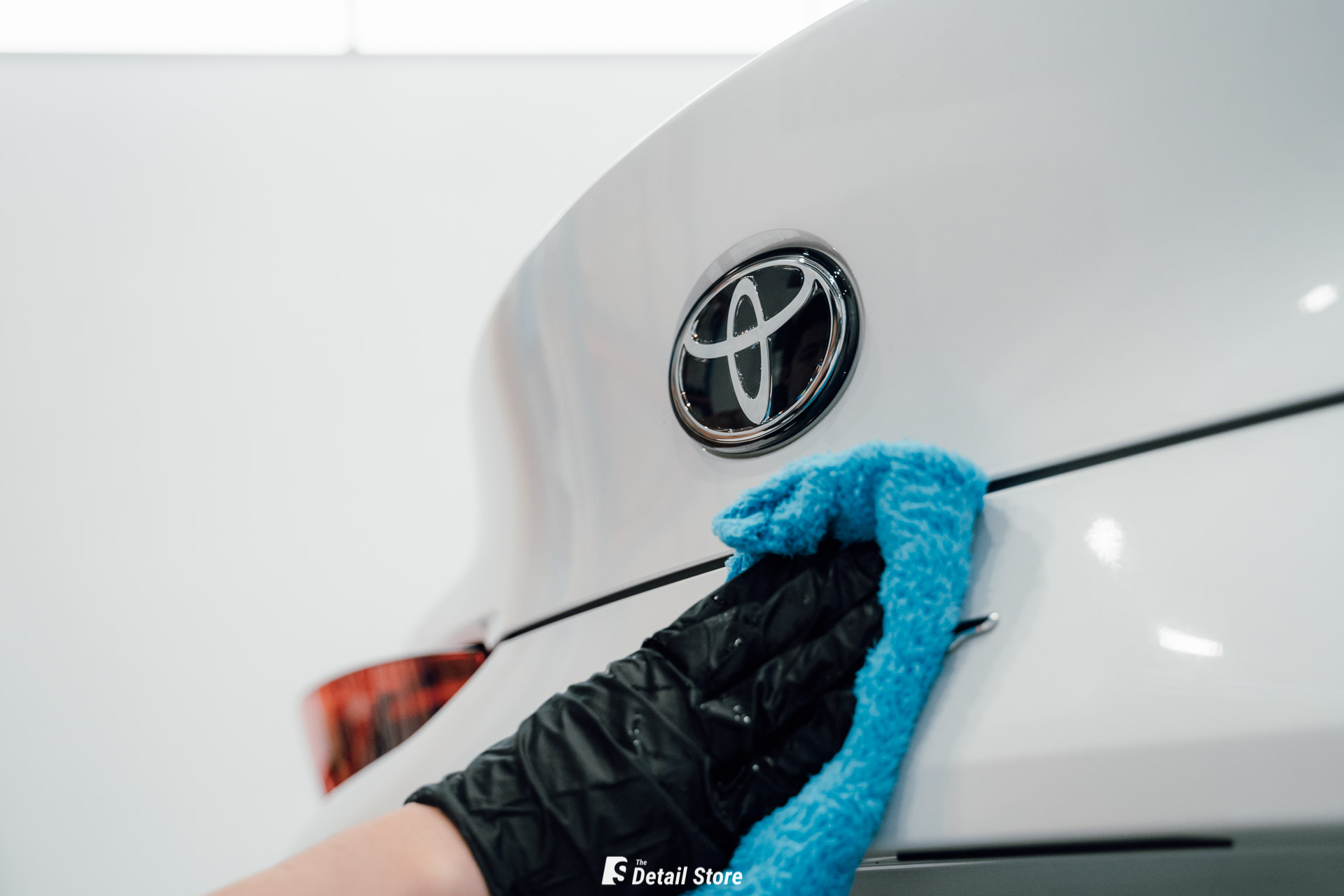Introduction
Microfibre towels are a must-have in cleaning and detailing for their superior performance and versatility.
Unlike traditional fabrics, microfibre offers unmatched cleaning efficiency, streak-free results, and reusability, making it a favorite among professionals and enthusiasts alike.
But what is it and which ones should you use for various jobs?
In this blog, we’ll cover everything from types to product recommendations to ensure you have what you need to get that perfect shine.
What is Microfibre?
Microfibre is an ultra-fine synthetic fiber, thinner than silk and human hair. As such, microfibre towels are excellent for car detailing because they are super soft and non-abrasive.
Key Properties of Microfibre Towels:
- Softness: Safe for delicate surfaces like car paint.
- Durability: Long-lasting, even with regular use.
- Absorbency: Exceptional ability to hold water and capture dirt.
- Antibacterial Resistance: Inhospitable to bacteria due to its inorganic nature.
Advantages Over Natural Fabrics:
- Effectively lifts and traps dirt without scratching surfaces.
- Lint-free and streak-free results, especially for glass and mirrors.
- Reusable and eco-friendly alternative to disposable cleaning materials.
Composition of Microfibre Towels
Microfibre towels are made of two primary materials- polyester and polyamide. Both provide different qualities to the towel.
- Polyester: Provides structure and strength.
- Polyamide: Adds absorbency, softness, and durability.
They also come in various ratios of polyester and polyamide affecting their effectiveness for various purposes.
70/30 Blend:
These are usually softer and more absorbent and best for delicate surfaces like car paint or polished metal.
80/20 Blend:
This blend makes the towel slightly less plush but still effective. It is ideal for general cleaning tasks like wheels or interiors.
Types of Microfibre Weaves
You will also find that microfibre towels come in various weaves (patterns). Each weave serves a unique purpose in detailing:
- Circular Weave: Perfect for applying products like waxes and sealants evenly.
- Twisted Loop Weave: Absorbs large amounts of water quickly, making it ideal for drying.
- Pearl Weave: Smooth finish, excellent for leveling ceramic coatings.
- Standard Weave: A versatile option for general-purpose cleaning.
Pro Tip: Match the weave type to your task for the best results.
The Role of GSM (Grams per Square Meter)
What is GSM?
GSM, or Grams per Square Meter, is a measure of a microfibre towel’s density and thickness. It determines how plush, absorbent, and effective the towel is for different detailing tasks.
When “More” Isn’t Always Better:
The GSM of a towel should match the task at hand. Higher isn’t always better—sometimes a lighter towel is more effective! Here’s how to choose:
- Low GSM (200-300):
- Lightweight and easy to handle.
- Best for cleaning glass and interior surfaces without leaving streaks.
- Mid GSM (300-500):
- A versatile choice for polishing, buffing, and general-purpose cleaning.
- Perfect for enhancing gloss while maintaining durability.
- High GSM (600+):
- Plush and ultra-absorbent.
- Ideal for drying delicate surfaces like car paint without scratching.
How to Choose:
Always consider the surface and purpose. Pair the GSM level with the right weave to maximize performance and efficiency during detailing tasks.
How to Choose the Right Microfibre Towel
Matching the right microfibre towel to the task is key to achieving optimal results in detailing.
Drying:
Recommendation: MOFO Drying Towel – A high GSM twisted loop weave towel perfect for soaking up large amounts of water.
Why It Works: Superior absorbency ensures a streak-free finish while protecting sensitive surfaces.
Buffing/Polishing:
Recommendation: The Rag Company Eagle Edgeless 500 Detailing Towel – Mid-GSM circular weave towel ideal for refining gloss and removing excess polish.
Why It Works: Balanced texture enhances shine without causing micro-scratches.
Glass:
Recommendation: The Rag Company Dry Me A River Waffle Weave Towel – Low GSM waffle weave towel for crystal-clear glass and mirrors.
Why It Works: The structured weave effectively removes streaks and smudges, leaving a spotless finish.
Leather & Upholstery:
Recommendation: The Rag Company Edgeless 300 Buffing Towel – Lightweight towel designed for delicate surfaces.
Why It Works: The soft, low-GSM construction ensures safe cleaning for leather and upholstery without damage.
Pro Tip: Build a versatile collection of microfibre towels tailored for various detailing tasks. This ensures efficiency and prevents cross-contamination between surfaces like interiors and exteriors.
Caring for Your Microfibre Towels
To keep your microfibre towels in top shape and performing optimally, follow these care tips:
Washing | Use a dedicated microfibre detergent to maintain the fibers’ integrity. Avoid fabric softeners, bleach, or harsh chemicals that can coat the fibers and reduce effectiveness.Wash separately from other fabrics, especially lint-prone materials like cotton. |
| Drying | Air-dry towels in a shaded area to preserve their softness and structure.If tumble drying, use a low-heat setting to prevent melting the delicate fibers. |
| Storage | Keep towels in a dust-free, dry environment to maintain cleanliness.Store them in separate containers or bags to avoid contamination between towels used for different tasks. |
By taking care of your microfibre towels, you’ll ensure they remain effective for countless detailing sessions, saving you time and money in the long run.
Conclusion
Microfibre towels are a must-have for achieving professional detailing results.
With the right towel for each task and proper care, you’ll extend their lifespan and maintain their performance.
Explore The Detail Store’s collection to find the perfect microfibre towels for your detailing needs.
-

Calvin brings a wealth of experience across multiple engineering disciplines, including chemical, mechanical, and electrical engineering. His in-depth knowledge of filtration systems and hydraulic pumps has positioned him as an expert in the pressure washer product category. With a unique combination of technical expertise and business insight, Calvin excels at solving complex challenges and driving innovation, particularly in the car detailing industry.
-

Aaron is a passionate car detailing enthusiast who channels his expertise and love for pristine vehicles into engaging blog content for a leading detail store website. With a keen eye for detail and a wealth of knowledge about the latest products and techniques, Aaron provides invaluable insights and tips to fellow car enthusiasts. His dedication to achieving showroom-quality results and his ability to explain complex processes in an easy-to-understand manner make his blog a go-to resource for anyone looking to elevate their car detailing game.

